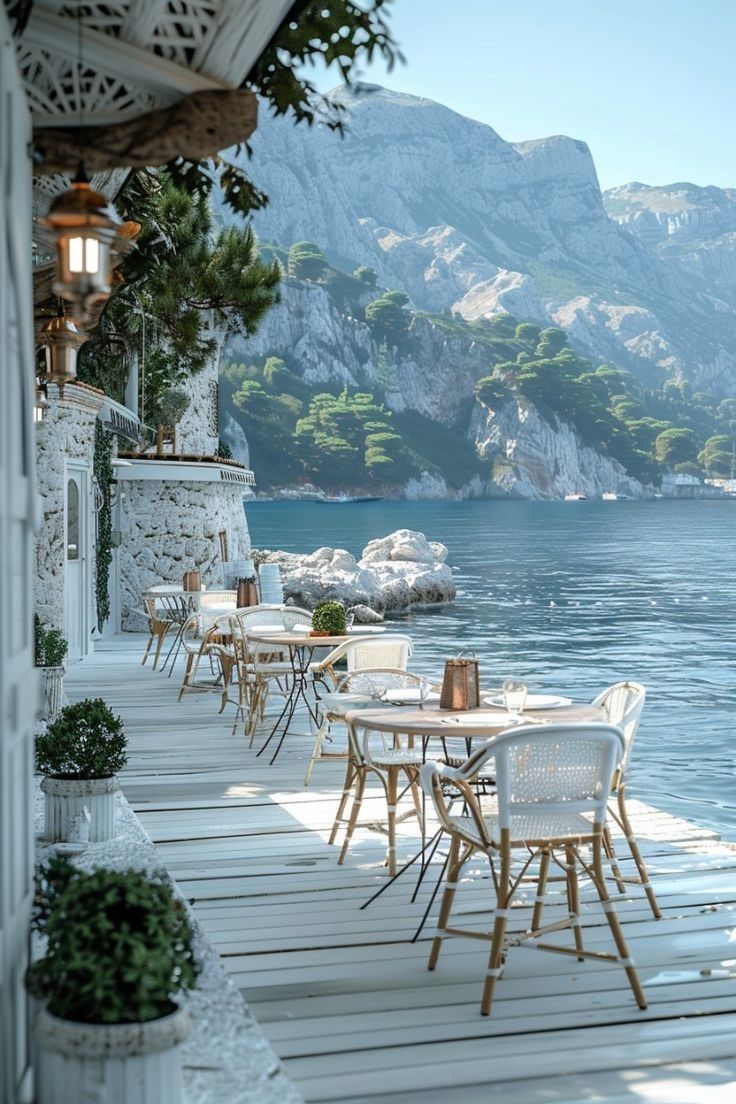Sustainability in design: the future of net zero building
A price is calculated within seconds (for straightforward processes such as CNC machining) to a day or so for more complex requests.
The important thing is to fully understand the outcomes clients are aiming to achieve, he says, be it speed, greatest flexibility, or lowest costs.That’s why Bryden Wood likes the term.

Design to Value.The goal here is to design things with lean construction principles: using the least amount of material, handled the fewest number of times, delivered quickly, with the right information, and without waste.. Aiming to realise these lean construction goals, regardless of whether that occurs on-site or off-site, is the real objective.Once this level of understanding is in place, informed decisions can be made about the most effective ways to go about making things happen.. Johnston says this includes decisions about the level of granularity of component standardisation which is required, as well as whether work is best done on-site or off-site.

It’s really about individual value drivers and these vary from client to client depending on their needs.. “Construction too easily gets into the solutions mode,” he says, “and starts thinking of the solution before answering the question.”.Amy Marks says she worked with a technology client earlier in her career, who wasn’t at all interested in having his project finish sooner.

However, certainty surrounding the duration of the schedule was very important to him..
This is a value-driver that is well known to Johnston, as a result of Bryden Wood’s work within the.‘With the actual store rooms themselves,’ she says, ‘they’ve really thought about it.’.
Raj Goel agrees when talking about the outpatient rooms.‘There’s a clinic area next to each room,’ he says, ‘which is very good and that doesn’t always happen in other places.’.
Maswiken comments upon the ample sizes of the recovery spaces.He, Highton and Goel remark upon the particular spaciousness of the theatres, with Goel commenting that this is a ‘major attraction’ of Circle and highlighting the fact that the anesthetic rooms are also very spacious.. ‘This facility had a particularly large percentage of orthopedic surgeons,’ says Wood, ‘and orthopedic surgeons needed a very particular form of operating theatre...more instruments tend to be involved in the operations.




